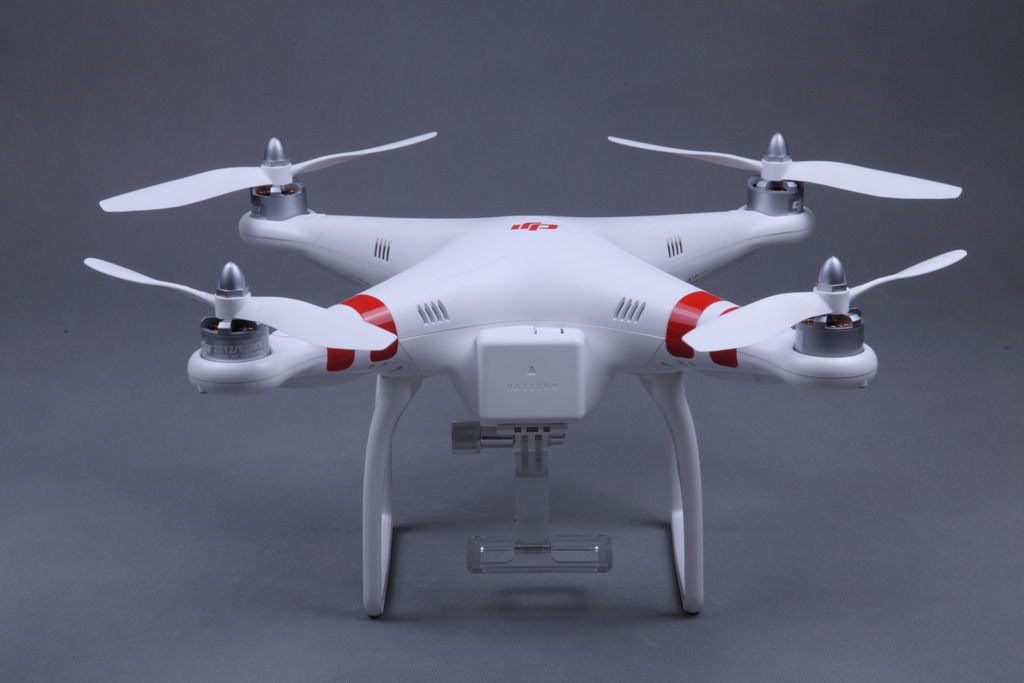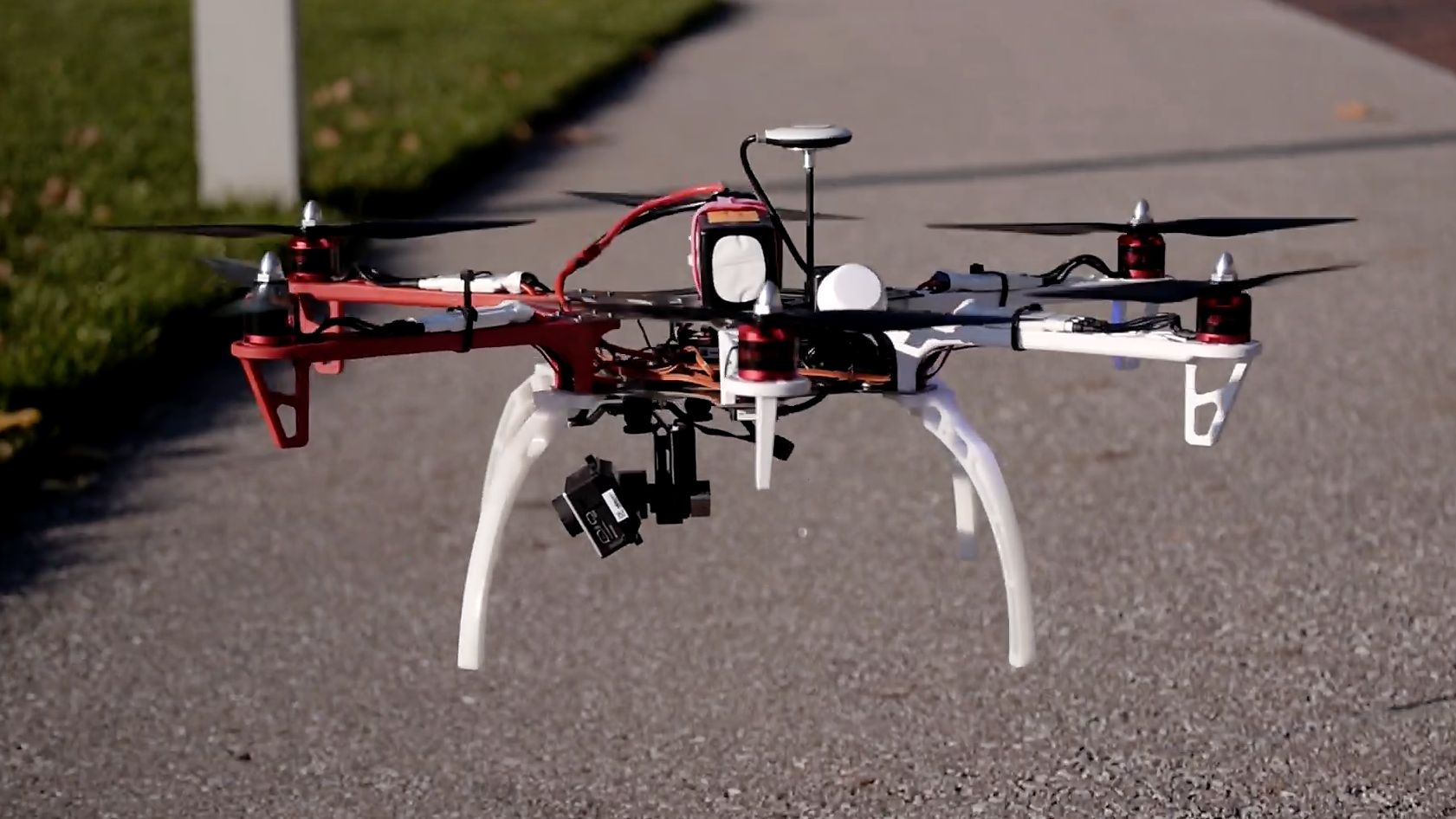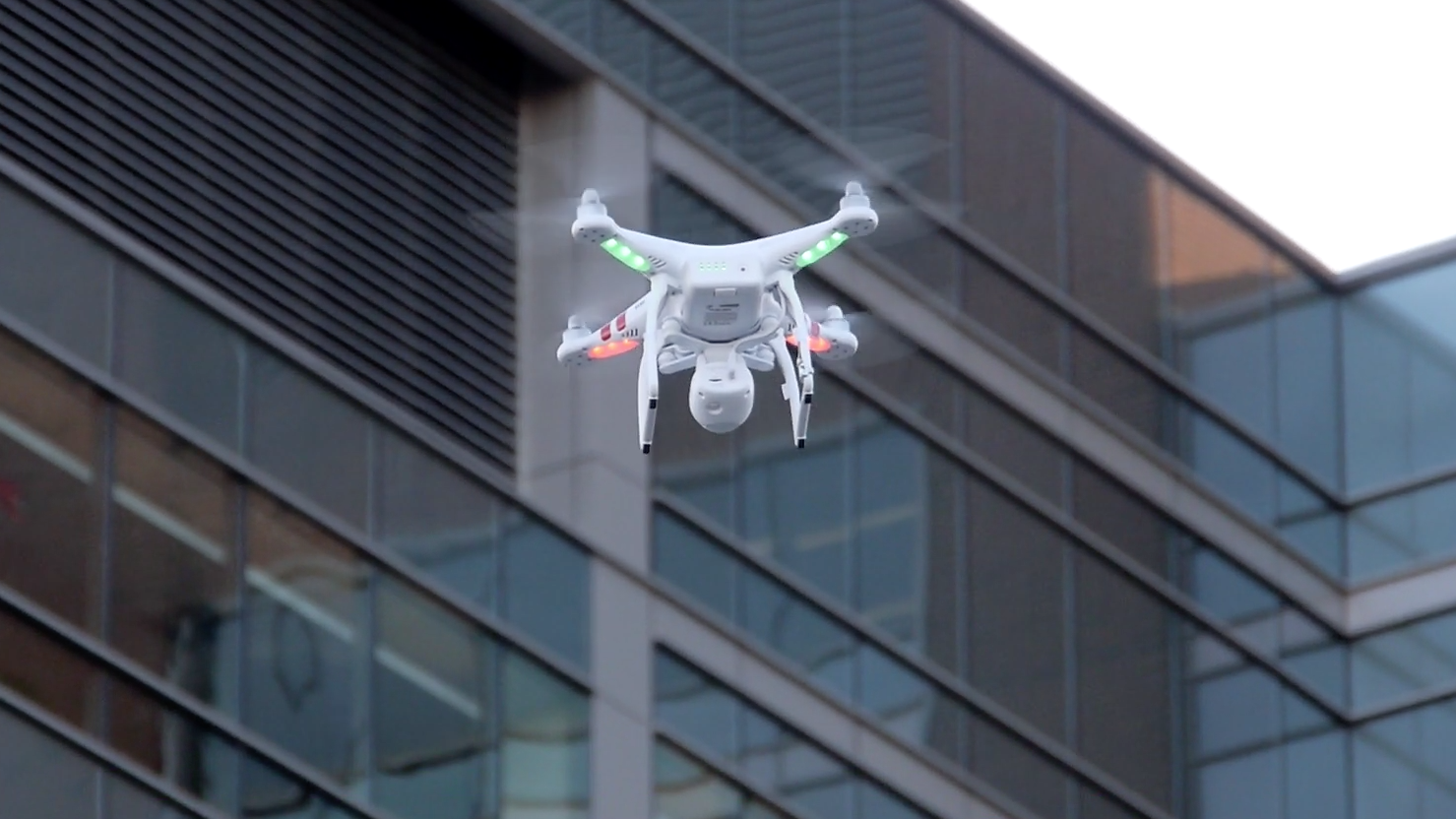The FAA released proposed regulations for thecommercial operation of small drones, referred to in theadministration's summary as small unmanned aircraft systems (UASs)last month.
|Carriers and vendors in the property insurance industry havelong anticipated additional clarity regarding the utilization ofunmanned aircraft.
|This proposal is a positive step forward for those who have beenin limbo in the research and planning phase of dronetechnology.
|Here is a summary of the FAA's proposed rules as well as insightinto their implications for the property insuranceindustry.
|Operator Certification
|Operators will have to pass a written exam at an FAA-approvedtesting center prior to applying for and receiving an operator'scertificate. The Transportation Security Administration will screenapplicants, and operators will have to pass a recurrent knowledgetest every 24 months. There are no proposed requirements fortraining, operating hours or liability insurance.
|Implications
|Most organizations won't find licensing UAS operatorscost-prohibitive. The total cost to take the FAA exam and apply foran operator's certificate is estimated at $300. No definitiveresources are listed for knowledge or skills training, meaningcompanies will have to develop this internally or identify externalproviders.
|
Hardware Requirements
|UASs that are governed by the proposed rules must weigh lessthan 55 pounds (lbs.) and have a maximum speed of 100 miles perhour (mph). Aircraft must be registered with the FAA and have avisible registration number. Registrations are estimated to costless than $50 with renewal required every three years. Maintenanceand inspections can be performed by the operator.
|Implications
|Nearly all applications within the property insurance industry,including roofing inspections, can be accomplished with UASs thatsatisfy these regulations. For reference, the highly popular DJIPhantom, which can capture HD video and photo, weighs roughly 3lbs. and has a maximum speed of about 35 mph. Many advanced UASswith longer flight times and more advanced sensors will also complywith hardware requirements. Best practices should include keepingthorough maintenance and inspection records.
||
Operational Limitations
|For UASs less than 55 lbs., the operator must maintain visualline-of-sight (VLOS) and may not operate over persons not directlyinvolved in the operation. Only daylight operations are permitted,with minimum visibility of three miles, not closer than 500 feetbelow and 2000 feet horizontal from clouds, with a maximum altitudeof 500 feet. Operation in Class B, C, D, and E airspace requiresair traffic control (ATC) permission. Operations are not allowed inareas where FAA flight restrictions are in place.
|Implications
|The ease or difficulty of obtaining ATC permission to operatewithin Class B, C, D, and E airspace will be important since manyinsured properties will be within controlled airspace. In general,controlled airspace is established within a five-mile radius oflarger airports. The FAA has not released details on the processfor obtaining ATC permission. Outside of controlled airspace,inspections on individual properties could easily becarried out. However, it would be difficult to operate UASs overlarge areas covering numerous properties since this would typicallyinvolve flying over persons not directly involved in the operation.Additionally, the FAA could create flight restrictions aroundaccident scenes and catastrophe (CAT) situations, which wouldimpact UAS use.
|
Rules for microUAS Classification
|Additional, less strict guidelines were proposed for UASs lessthan 4.4 lbs., called microUASs. In lieu of a taking a writtentest, the operators would sign a form stating that they are ableconduct operations in compliance with regulations. Airspeed formicroUASs cannot exceed 34.5 mph and the aircraft must beconstructed of frangible materials such as foam, plastic, or wood.Like other small drones, microUASs must be registered and have theregistration number visible, and the operator must maintain VLOS.These smaller aircraft may be flown over persons not directlyinvolved in the operation, but autonomous UAS operation is notallowed. Operations under the microUAS regulations would not beallowed within controlled airspace.
|Implications
|Many UASs meet both microUAS requirements and the needs of awide range of property insurance related applications, includingmost roof, structural, and fire inspections. The real significanceof this category is the ability to operate over large areascontaining numerous properties. While autonomous operation would behelpful for such applications, it is not absolutely necessary.Although microUAS operators would not be required to pass any test,businesses are likely to require a combination of education andtraining to ensure operators have the requisite knowledge andskills for safe UAS operations.
|The proposed regulations are intentionally flexible in order tomaintain aviation safety without placing undue regulatory burden oncommercial applications of UASs. Following a 60-day period ofpublic comment, the FAA will consider and respond to substantivefeedback. Currently, there is no established timeframe to havefinal regulations published and implemented with estimates rangingbetween six months to three years. In the meantime, the FAA isapproving exemption requests for commercial operations on acase-by-case basis. To date, about 40 exemption requests have beenissued from among the hundreds that have been submitted.
|Matthew Kenney, P.E., is the technical program managerfor Donan, anationwide forensic investigation firm. Since 2013, he has led thecompany's research and development program for unmanned vehicles.He can be reached at [email protected].
|
Want to continue reading?
Become a Free PropertyCasualty360 Digital Reader
Your access to unlimited PropertyCasualty360 content isn’t changing.
Once you are an ALM digital member, you’ll receive:
- All PropertyCasualty360.com news coverage, best practices, and in-depth analysis.
- Educational webcasts, resources from industry leaders, and informative newsletters.
- Other award-winning websites including BenefitsPRO.com and ThinkAdvisor.com.
Already have an account? Sign In
© 2024 ALM Global, LLC, All Rights Reserved. Request academic re-use from www.copyright.com. All other uses, submit a request to [email protected]. For more information visit Asset & Logo Licensing.








